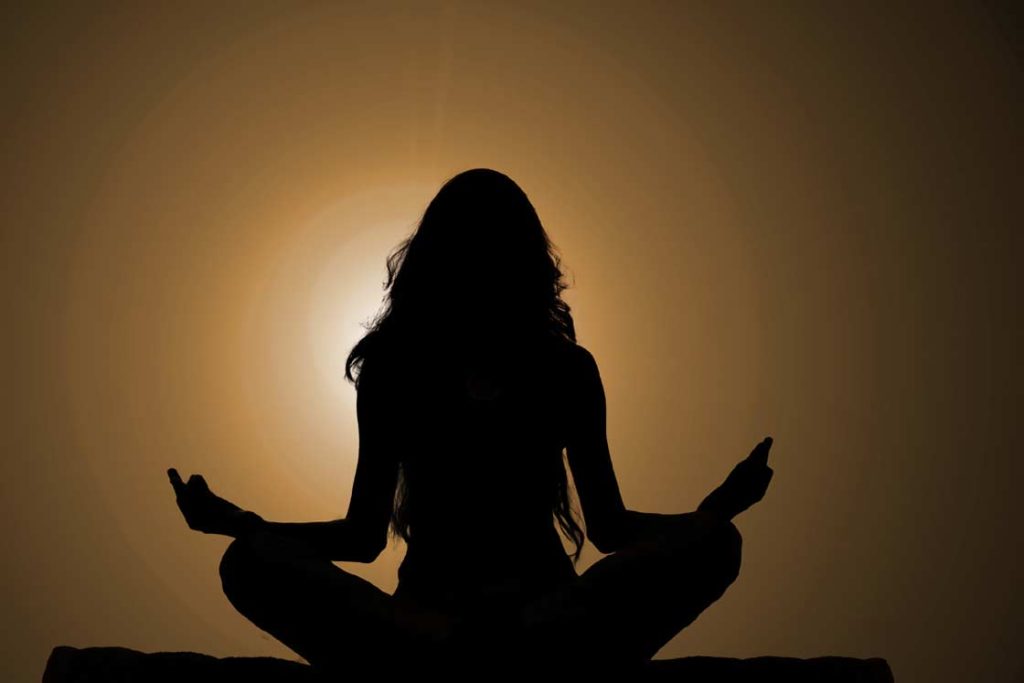Yoga for Stress Relief
Different signs indicate the presence of stress including shoulder tension, restless sleep patterns, increased irritability and ongoing tension. Simple routines throughout each day allow people to experience significant improvements. Practicing yoga for stress relief stands as one of the safest techniques to handle stress naturally and gently. You need only dedicate some time along with a silent area to practice this method and maintain an open mind about your breathing and physical movement while being mindful.
What is Yoga?
Yoga represents an ancient discipline which unites people with their physical components, breathing functions and mental capabilities. The fundamental principle of yoga promotes balanced movements of both physical form and mental peace as well as emotional engagement with daily existence. This practice enables people to find inner peace while developing greater self-awareness in a process of deep personal connection. Starting yoga practice does not need either flexibility or experience. Any basic postures combined with regular breathing will automatically result in noticeable changes to your feelings.
What Makes Yoga for Stress Relief So Effective?
Yoga serves as a mind-body practice which merges physical movements with breathing practices and meditative techniques. Its ability to help reduce stress arises from the combination of physical postures along with breathing exercises and meditation practices.
Reduces Cortisol Levels: The practice of yoga for stress relief reduces levels of cortisol that can cause high amounts that cause destructive effects on your body. Research proves that dedicating yourself to regular yoga practice diminishes your cortisol levels which creates a state of calmness.
Promotes Mindfulness: The core yoga principle teaches people to focus their awareness on the present moment. Your practice of breath awareness and body movement in yoga produces mental quietness which quiets down the stress and mental chattering.
Improves Physical Health: The physical health benefits of yoga include the elimination of headaches and muscle stiffness together with the reduction of fatigue. Through yoga for stress relief, our body receives stretching and strengthening effects that activate stress release for body relaxation.
Better Sleep: The occurrence of stress regularly causes people in sleep difficulties or insomnia. Performing yoga for stress relief in the evening hours prepares your mind to enter a state of rest before sleep. Two specific yoga poses including Viparita Karani followed by Balasana develop better sleep through their ability to regulate the nervous system.
Effective Yoga Poses for Stress Relief
Child’s Pose (Balasana): The action of this pose brings your body into a forward fold placing your head on a floor cushion or the surface beneath you. The pose offers essential protective and grounding aspects which become essential during overwhelming situations. This pose extends the back muscles together with both the hips and ankles that simultaneously relaxes your nervous system. This basic yet soothing practice in yoga becomes an essential component for stress relief that stabilizes breathing rhythm as well as mental quietness.
Legs-Up-the-Wall Pose (Viparita Karani): Anybody can perform this relaxing pose which demands minimum physical work. Rest your body while extending your legs toward the wall. An individual who adopts this pose decreases lower back pressure simultaneously achieving mental calm for an active mind. The stretch provides better blood circulation together with leg drainage and enables relaxation benefits to the body. People often perform this posture in the evening as a part of their nighttime yoga for stress relief due to its gentle relaxing nature.
Cat-Cow Stretch (Marjaryasana–Bitilasana): The smooth transitions between two postures open tightened spinal areas and create an optimal breathing environment. Through inhaling you lift your chest while arching your back then drop your head when you breathe out while rounding your spine. The alternating motion of this sequence expands your body while releasing muscular pressures to produce good posture. These yoga for stress relief restores a smooth connection between breath and small spine movements.
Seated Forward Bend (Paschimottanasana): The seated forward bend requires you to stretch your body towards extended legs from a sitting position. The objective in this pose exceeds heel-to-toe reach because you learn to release yourself completely. As you inhale your body continues to fold while your muscles continue to relax. The Seated Forward Bend creates both internal awareness, spinal flexibility and back lengthening. By extending your back as well as spine you will experience a stretch combined with reduced mental activity. According to yoga practitioners these yoga for stress enables you to find inner peace.
Corpse Pose (Savasana): Savasana stands as a complete relaxation method which teaches complete stillness. You should lie flat with your eyes closed while both your arms and legs remain relaxed. Spend this time dedicating yourself only. People usually do a Savasana at the end of their session to allow their body to integrate pose.
Conclusion
Stress exists in everybody’s life taking control over daily emotions. The practice of yoga for stress relief provides a gentle and effective way to eliminate tension clearing your mental state to discover inner connection. You can obtain calmer feelings along with better balance through daily practice of yoga for stress relief even if your time for practice is only five minutes or one hour.
For more blogs visit on our Nepal Yoga Home blog section.

